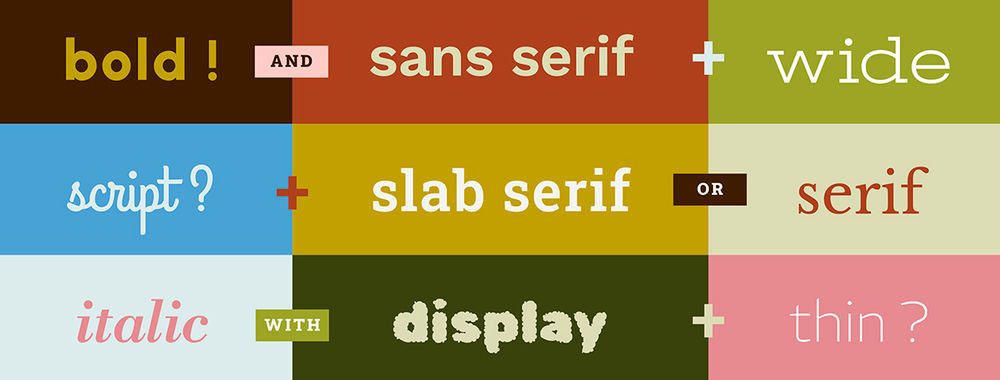Many of the things that drive users mad are there on purpose. Designers are often trying to get users to do things they wouldn't ordinarily choose to do if they had the choice. So to encourage users to do the things that benefit the company, business, web developers, or the owners, designers back them into a corner and, trick, manipulate and coerce.
We probably all have an example of a web design behaving in an unfriendly fashion to get us to make a mistake or choose something we don't want. Think of the checkbox options when you are signing up for a new account. Usually, you have to check one box and not another or you have to deselect one or more boxes to make sure your details aren't sent to third parties, or that you are not bombarded with offers, newsletters, and other types of spam.
Design features like the pre-selected checkboxes are examples of dark patterns. Take a look at the video below from darkpatterns.org for an in-depth view of the dark pattern designer's methods.
Author/Copyright holder: Eshan Shah Jahan. Copyright terms and licence: All rights reserved
(If you are interested to learn more about dark patterns and some of the psychology behind these practices, take a look at the course User Interface Design Patterns for Successful Software from the IxDF)
The lure of moving over to the dark side is strong; users are getting smarter and smarter, and they know when they are having the wool pulled over their eyes. So new methods and approaches are needed to keep websites and the online versions of companies and businesses afloat. For this reason, dark pattern or dark side designers are using their knowledge of users, acquired in the same way as UX designers, to provide user experiences that are of more benefit to the providers than the users themselves.

Author/Copyright holder: Kristina Alexanderson. Copyright terms and licence: CC BY-NC-ND 2.0
The choice is there for most designers: do you choose UX design in its traditional form (i.e. to benefit users) or do you use the knowledge and practices from UX design to create products that trick, manipulate, and coerce the user? There is one thing you need to consider though, some of these methods are now illegal.
Reference:
Hero Image: Author/Copyright holder: Alison Curtls. Copyright terms and licence: CC BY-NC-ND 2.0











